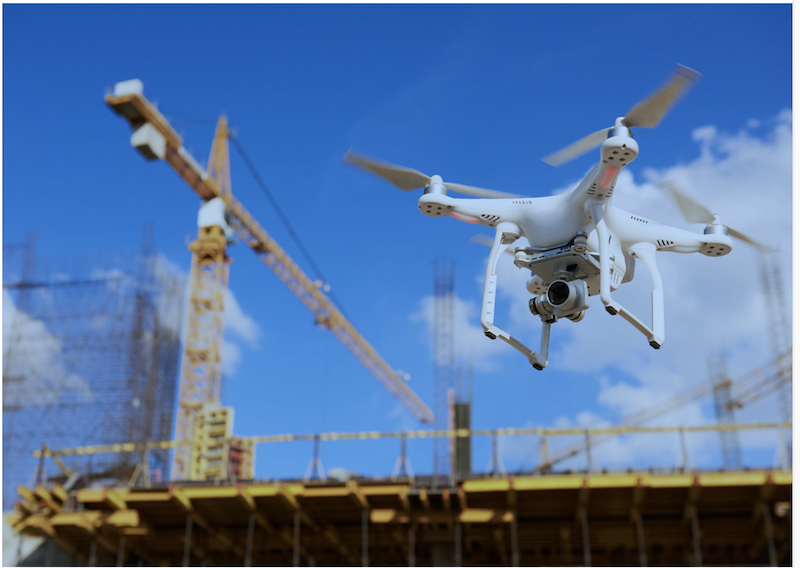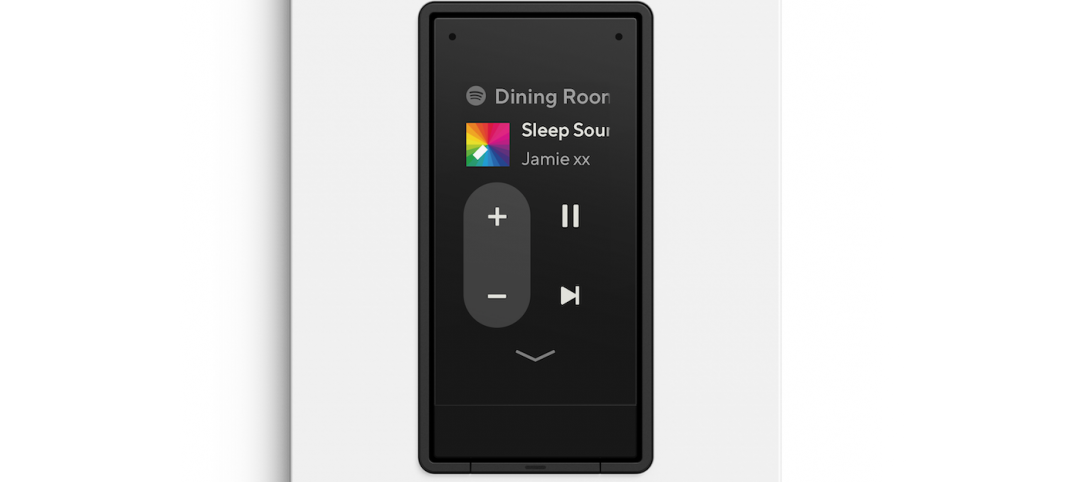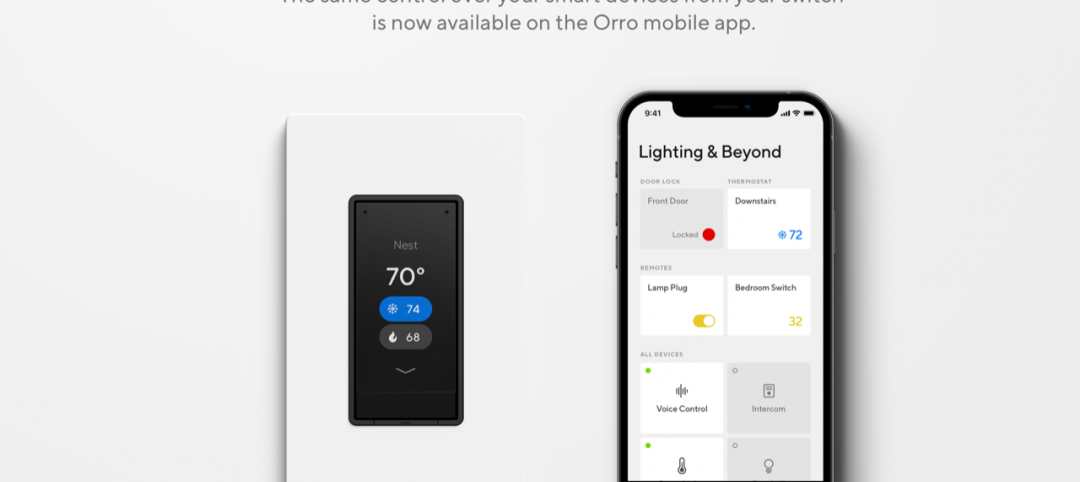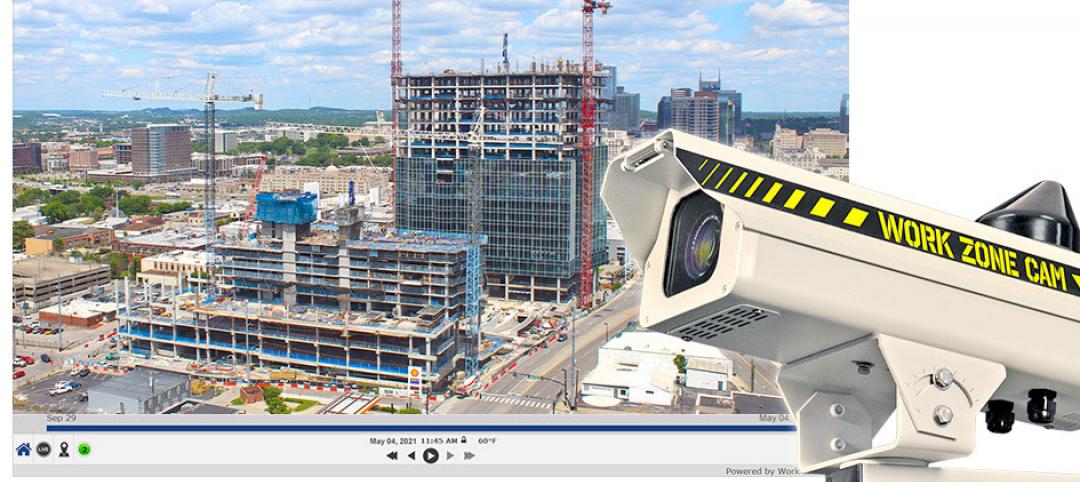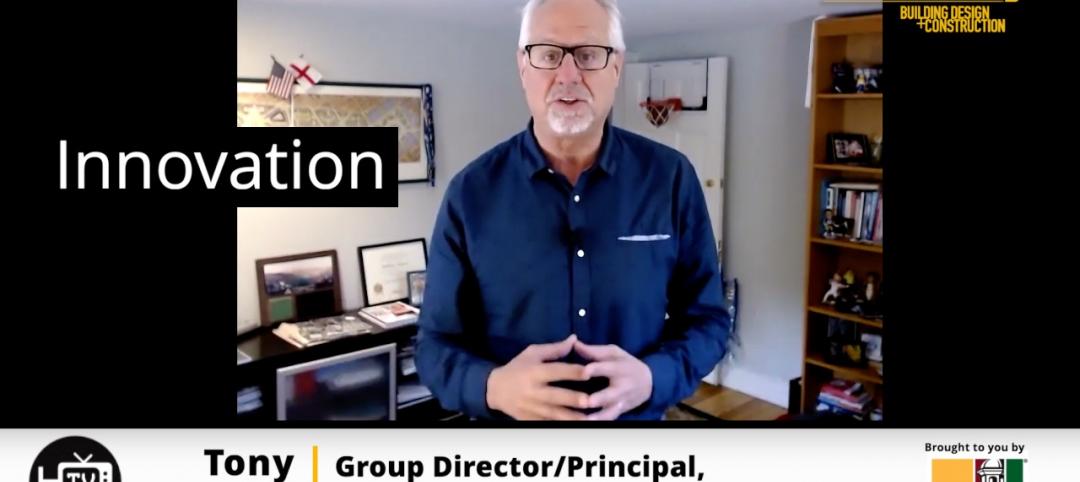Opportunities abound in 2020 for U.S. engineering and construction firms that can find ways to capitalize on trends and technologies that improve jobsite operations and keep costs under control.
That’s the assessment of a new report from Deloitte’s Research Center for Energy and Industrials, titled “2020 Engineering and Construction Industry Outlook.”
While EC firm revenues are steadily rising, their bottom lines remain under sustained cost pressures, ongoing labor shortages that affect productivity, and trends toward fixed-bid projects that demand a level of pricing and operations precision that is difficult to obtain with traditional systems.
A more fervent embrace of digital technologies could help to alleviate some of these issues. “E&C firms have opportunities to play central roles,” the report states. “Building a solid digital roadmap can help with operational challenges while also delivering competitive advantage for the early adopters.
The report identifies four exploitable areas that are likely to impact EC firms’ fortunes this year.
•Market disruptions:
The EC industry is historically a low-margin business, and several factors—Asian competition, project complexity, supply-chain constraints—are pressing U.S. companies’ profitability. “These constraints make it important for contractors to be proactive in managing processes and operations that contribute to margins and profitability, adding efficiencies and optimization where possible,” the report states. Partnerships that enable expansion and scale can help.
The report sees a potential boost to profitability in trends toward modularization and prefabrication that reduce labor costs, improve quality and safety, and shorten project schedules.
The same would be true of smarter project management that adopts emerging digital technologies, such as those that eliminate the need for manual data entry, and provide data required to access project status. “Digitally optimized operations can provide actionable data that can put projects back on track quickly. And, having state-of-the-art cost budgeting and scheduling tools and technologies is becoming a competitive advantage.”
•Digital:
Inherently disruptive technologies are providing the efficiency, productivity, and safety breakthroughs the industry has sought for decades. The report singles out robots, jobsite automation, and the rise of artificial intelligence that are making their mark on construction. “The connectedness that digital technologies enable can also enhance ecosystem relationships, as firms can more easily collaborate and work together on projects,” the report states.
Digital technologies are also forcing EC firms to rethink who does what and how and where it gets done. These technologies often require workers with new skill sets, and can be tricky in terms of managing humans, robots, and sensors within the same environment from such standpoints as work scope and privacy.
•Infrastructure projects:
If, in fact, the U.S. federal government makes good on its intention to spend $2 trillion on infrastructure improvements over the next decade, such investment would invariably drive revenue and job creation in the EC arena. Private funding is also expected to be needed. “2020 could bring an opportunity for U.S. firms to emulate their global counterparts who have been successful funding major infrastructure projects over a build-operate-transfer model,” the report predicts.
Additionally, agencies, with the help of contractors, will likely spend money on repair and maintenance instead of upgrades and replacements. EC companies that are positioned for infrastructure projects can focus on choosing the right partnership model for delivery and funding. They can also take a life-cycle approach to project delivery.
•Smart cities:
Sixty-eight percent of the world’s population will live in urban areas by 2050, compared to 55% today. To manage this migration, urban planners are seeking smart solutions that, according to the Deloitte report, have focused on environmental sustainability and digital enablement to improve the quality of urban life.
Smart technologies are providing some solutions. For example, “the rise of intelligent buildings that can self-optimize their operations and all-encompassing building management systems to better serve their inhabitants over time is a rising trend powered by AI,” the report observes.
Data produced from digitally enabled assets could be used to assess trends and inform future building designs. Technology is already impacting water and energy consumption, and is being used to optimize traffic in all aspects of city living, from public transportation to the utility of parks and other public spaces.
EC firms will need to bring digital skills to the smart-city planning table, which they must either cultivate internally or add through partnerships or acquisitions. That means investing in those technologies that are most strategic in demonstrating proficiencies related to smart cities.
Related Stories
AEC Tech | Jun 30, 2021
Orro Launches New Integration with Sonos, Providing Seamless In-Wall Control for Sonos Speakers
With the new integration, customers can use the dynamic display on Orro’s smart light switches to control their favorite audio content on their Sonos speakers.
AEC Tech | Jun 9, 2021
Orro Announces Unified Smart Home App
Orro app now provides control of other smart home devices from leading professional and consumer device manufacturers.
AEC Tech | Jun 8, 2021
FARO Expands Digital Twin Product Suite - Acquires HoloBuilder Inc.
FARO Technologies, a global leader of 3D measurement, imaging, and realization solutions for the 3D Metrology, AEC (Architecture, Engineering & Construction), and Public Safety Analytics markets, today announced the acquisition of HoloBuilder, Inc.
AEC Tech | May 27, 2021
New Work Zone Cam Pro Delivers 33% More Detail for Time-Lapse
Work Zone Cam, a leading provider of professional jobsite construction camera services, premiered its latest camera, which increases image resolution from 18 to 24 megapixels. The additional image detail helps track construction progress more accurately and results in higher resolution time-lapses for construction documentation.
Digital Twin | May 24, 2021
Digital twin’s value propositions for the built environment, explained
Ernst & Young’s white paper makes its cases for the technology’s myriad benefits.
AEC Tech | Apr 15, 2021
3 startups making their mark in 2021
Meet a trio of AEC tech firms that are making advances in the COVID-19 era.
Adaptive Reuse | Apr 15, 2021
The Weekly Show, Apr 15, 2021: The ins and outs of adaptive reuse, and sensors for real-time construction monitoring
This week on The Weekly show, BD+C editors speak with AEC industry leaders from PBDW Architects and Wohlsen Construction about what makes adaptive reuse projects successful, and sensors for real-time monitoring of concrete construction.
AEC Tech | Apr 8, 2021
The Weekly Show, April 8, 2021: SPOT the autonomous robot, and Woods Bagot's in-house 'futurist'
This week on The Weekly show, BD+C editors speak with AEC industry leaders from Procon Consulting, Virginia Tech, and Woods Bagot about SPOT, the autonomous robot for construction progress monitoring applications, and how Woods Bagot's new "futurist" is promoting innovation at the international design firm.
Coronavirus | Mar 11, 2021
The Weekly show, March 11, 2021: 5 building products for COVID-related conditions, and AI for MEP design
This week on The Weekly show, BD+C editors speak with AEC industry leaders about building products and systems that support COVID-related conditions, and an AI tool that automates the design of MEP systems.
AEC Tech | Mar 4, 2021
The Weekly show, March 4, 2021: Bringing AI to the masses, and Central Station Memphis hotel
This week on The Weekly show, BD+C editors speak with AEC industry leaders about the award-winning Central Station Memphis hotel reconstruction project, and how Autodesk aims to bring generative design and AI tools to the AEC masses.


